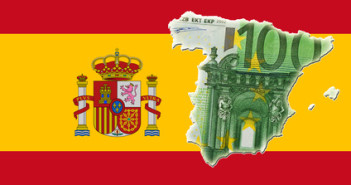Barcelona based Caixabank became Spain’s largest bank. This happened after it bought a relatively newly formed large bank named Banca Civica.
While the deal has many positive aspects, it’s large size may pose a problem for Spain’s fragile economy.
Positive aspects of the deal:
- The new entity has a core capital ratio of 10.4 – in line with European standards and not over leveraged like others.
- Â No government money was involved.
- 3.4 billion euros of Banca Civica’s debt will be easily written down by Caixabank.
- Shares of Caixabank responded positively to the deal.
- Banca Civica was heavily exposed to the real estate boom and bust, that is not fully accounted for in the Spanish bank system. So, this move encounters the trouble.
Banca Civica isn’t a veteran bank: it was formed only two years ago by another merger: 4 local banks heavily exposed to the real estate bust were merged under pressure from the government.
So on one hand, the danger of a fall of the local banks was eliminated, and now the fall of Banca Civica was eliminated. Bigger entities, exposed to a more diverse set of asset classes, are less vulnerable.
On the other hand, if Caixabank, now larger than Spain’s veteran BBVA and Santander, falls, it will spell big trouble to the whole continent. Caixabank certainly moved up the list of global systemic risk banks.
Spain is already in the limelight of the European debt crisis, and its battle against debt has a strong effect on the value of the euro.
For more on EUR/USD, see the euro to dollar forecast.



